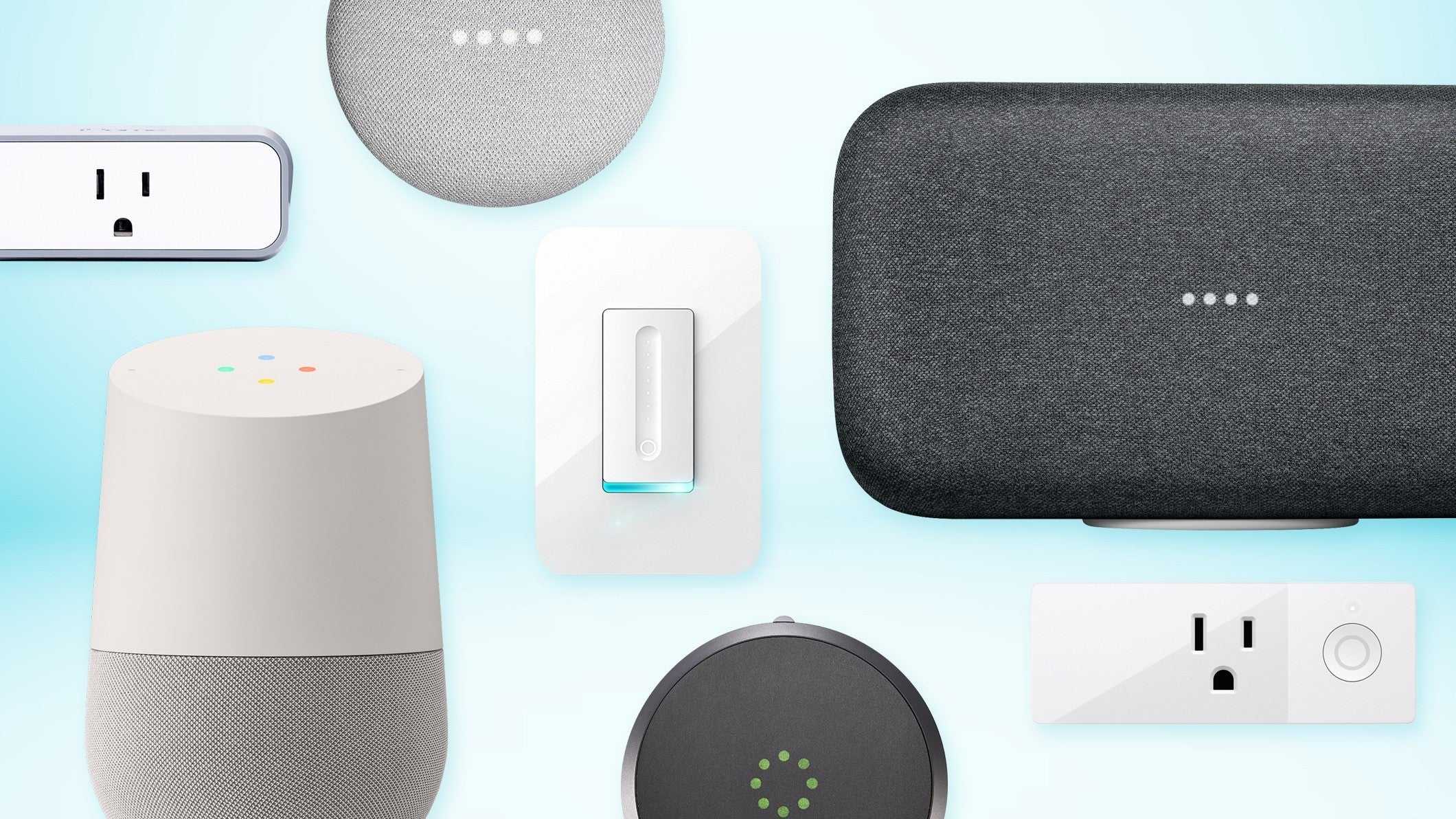
The Strikeplate can help strengthen the door latch bracket. The Strike plate comes with three self tapping screws. Sometimes, the hinges can cause problems when mounting the door latch. A reinforcement plate can be used to reinforce weak hinges. You can reinforce the door by drilling additional holes, if necessary.
Hinge guards
Door lock reinforcement plate can make a significant difference in security. They provide more security because they spread the force of the strike plate over a larger area. They can also be stronger because they use more screws that a basic strikeplate. Many are made from bronze and brass, which are stronger metals than stainless. A strike plate costs around $10, but you can upgrade to a Door Armor Max kit for about $15, which includes door shields, strike plates, and hinge guards.

Door lock reinforcements plates are a cost-effective way to secure doors. They can be attached to existing hinges and do not affect the door's structure. They are great for renters as they don't need to be altered.
Finish options
There are many choices for door reinforcement plates. Each plate comes with its own set of features but all are designed to increase security. Often, better reinforcement reduces the risk of a burglar breaking down the door. There might be many options, depending on which model you have.
Installation time
The door lock reinforcement plate can be used to enhance the security and appearance of your home. Its low profile and locking bracket serve as physical barriers and can be installed in less than ten minute. You can also hire a professional to handle the job if you're not a DIY expert.

Before you can begin the installation process of your frontdoor, it is necessary to determine its exact dimensions. To do this, you should measure the thickness of the front door, the distance from the deadbolt cylinder to the entry handle. Once you have the measurements, you will need to order the hardware. You will need four 1-1/2-inch stainless metal wood screws and a door jamb reinforce kit. These supplies are generally available at hardware shops.
FAQ
What is the distinction between surveillance cameras and security cameras?
Surveillance cameras may be used to monitor, but security cameras can also be used to protect.
Both types have their strengths and weaknesses. They capture different types of images. Surveillance cameras record video in slow motion, so you can watch what's happening in real time. However, security cameras record only video and still photos, which can then be reviewed later.
Alarm monitoring: How much should I spend?
Alarm monitoring costs can vary depending on whether you need it to be monitored frequently, what equipment you need and whether you are looking for an all-inclusive plan or a monthly fee.
Which is better, home security cameras of home security systems?
Home security systems are more effective than home security cameras because they can detect sounds and movement, even if no one is present in the room where the system is installed. However, home security cameras can be mounted on doors and windows easily and are less expensive than home systems.
Statistics
- Depending on your insurance, 24/7 professional monitoring may qualify you for as much as 15% off your premium. (safewise.com)
- Related questionsHome security systems that are 100% DIY (safewise.com)
- (In my experience, the discount on my home insurance covered about 25 percent of the subscription of an average plan, but your mileage may vary depending on your location and the size of your home.) (theverge.com)
- Most home security companies will charge you around 75% of the remaining term of your contract if you cancel early—and some require 100%.Related questionsWhat type of contract length can I expect from security providers?Home security system cancellation (safewise.com)
External Links
How To
How to Install Outdoor Motion Lights
How to install outdoor lights
The first step to installing outdoor lighting is selecting the right light fixture type. Next is to decide where you want the lighting fixtures to be located. Then comes the actual wiring of the system. Finally, the last step is to mount the lighting fixtures.
Outdoor motion lights can be used to light pathways, driveways and walkways. You can choose from many different styles, sizes, and color options. You can find a variety of types, including floodlights or spotlights, pendants or downlights as well as track lights, track and recessed lights, wall lights, ceiling fans, wall lights, chandeliers and wall sconces.
Motion lights come in three basic types: hardwired, wireless, and battery-powered. Hardwired systems are wires that run directly from the power source to the fixtures. Wireless systems transmit signals via radio waves from one fixture to the next. Battery-powered systems use batteries to operate the fixtures.
Most hardwired systems can be installed by electricians. You should ensure that the electrician you hire knows how outdoor motion lights are wired. It is worth looking for someone who is experienced in installing these kinds systems.
It's often much easier to install wireless systems than hardwired. You don't need to worry about running wires through walls or ceilings. If you do decide to buy a wireless system, however, you need to first determine which wireless technology is best for you. There are two main types of wireless technologies: infrared (IR) and radio frequency (RF). IR systems require line of sight between the transmitter and receiver. Because they bounce off objects like walls and furniture, RF systems permit some obstruction.
You will need to choose the right controller for your wireless system before you buy it. Most outdoor lights have built-in controls. You can choose to use either a wired or handheld remote to control your outdoor motion lights. Wired remotes are connected to the fixtures with cables. The handheld remotes are similar to flashlights, and can be operated by pressing buttons on the bodies.
Installing battery-powered systems can be done quickly. You just need to plug them in to an electrical outlet. Many models come with sensors that detect motion to stop the lights from being turned on when there isn't any. When something moves near the sensor, the lights turn on automatically.
Timers are also available for most outdoor motion lamps. These enable you to conserve energy by switching on the lights at night and turning them off during the day. These timers are usually between 10 and 24 hours.
You may feel tempted to spend more on higher-quality outdoor motion lights. However, unless you are really looking for a particular feature, it doesn't make sense to spend more money. A simple LED spotlight will do just fine. It is very inexpensive and provides plenty of illumination.
The Best Home Security System. The home security sector has grown dramatically in the last few years. This growth has been fueled by technological advancements and increased public awareness regarding crime prevention. There are many options available to homeowners when choosing a home security program.